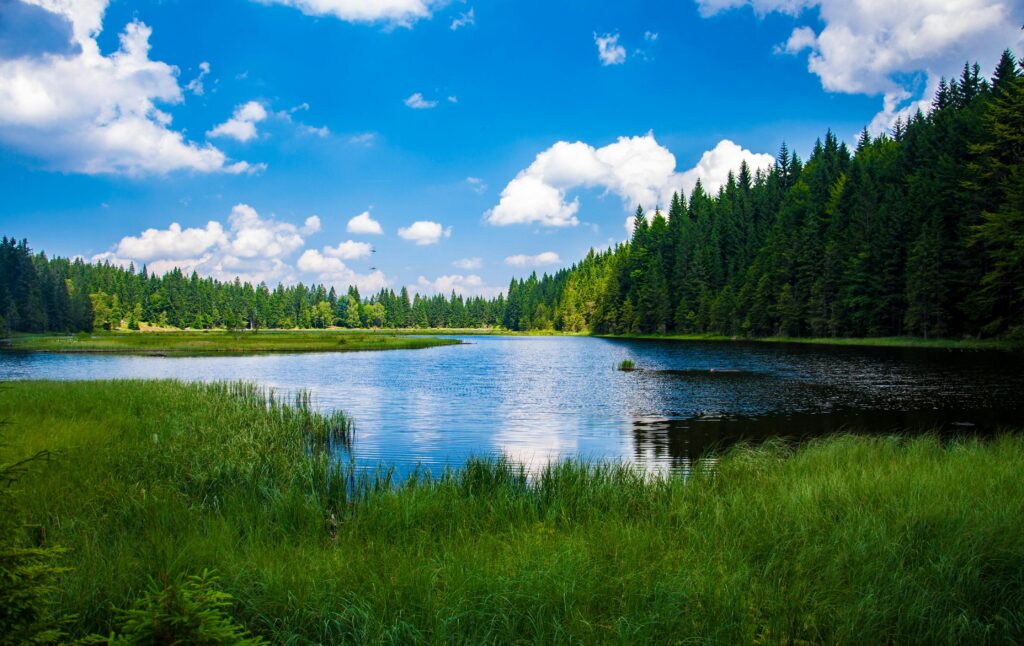Today is the International Day for Biological Diversity – May 22, 2024. Biological diversity, often referred to as biodiversity, is the variety of life on Earth, encompassing different species, genetic variations, and ecosystems. Its importance cannot be overstated, as it underpins ecosystem health, provides economic benefits, and enriches cultural experiences. Amidst growing environmental concerns, innovative solutions like the Turn Off the Lights browser extension are making a notable impact. But how does this digital tool connect to biodiversity? Let us explore this fascinating intersection.

Understanding Biological Diversity
What is Biological Diversity?
Biological diversity, or biodiversity, includes all living organisms, from the smallest microbes to the largest animals and plants. It represents the intricate web of life and the ecosystems they form.
Levels of Biological Diversity
- Genetic Diversity Genetic diversity refers to the variation of genes within species. This diversity enables populations to adapt to changing environments and resist diseases.
- Species Diversity Species diversity is the variety of species within a habitat or a region. High species diversity ensures ecosystem resilience and productivity.
- Ecosystem Diversity Ecosystem diversity includes the range of different ecosystems, such as forests, deserts, wetlands, and oceans. Each ecosystem has unique interactions and supports various life forms.
The Importance of Biological Diversity
Ecological Benefits
Biodiversity ensures ecosystem stability and functionality. Diverse ecosystems can recover from disturbances, maintain essential processes, and support life sustainably.
Economic Benefits
Biodiversity provides resources for medicine, agriculture, and industry. It also supports ecosystem services like pollination, water purification, and soil fertility, which are vital for human survival.
Cultural and Recreational Benefits
Biodiversity enriches cultural heritage and provides recreational opportunities like hiking, birdwatching, and eco-tourism. These activities foster a connection with nature and promote mental well-being.
Threats to Biological Diversity
Habitat Loss
Urbanization, deforestation, and agricultural expansion destroy habitats, leading to species decline and loss.
Climate Change
Rising temperatures, altered precipitation patterns, and extreme weather events disrupt ecosystems and threaten species survival.
Pollution
Chemical pollutants, plastic waste, and noise pollution harm wildlife and degrade natural habitats.
Overexploitation
Overfishing, hunting, and harvesting of plants deplete species populations faster than they can recover.
Invasive Species
Non-native species introduced by human activities can outcompete, prey on, or bring diseases to native species, disrupting ecosystems.
Conservation Efforts
International Initiatives
Global agreements like the Convention on Biological Diversity aim to protect biodiversity through international cooperation and policy-making.
National Policies
Countries implement laws and regulations to conserve biodiversity, such as protected areas, wildlife reserves, and conservation programs.
Local Conservation Programs
Community-based initiatives, including habitat restoration and species protection projects, play a crucial role in conservation.
Individual Actions
Personal choices, such as reducing waste, supporting sustainable products, and participating in local conservation efforts, contribute to biodiversity preservation.
Technology and Biological Diversity
Role of Technology in Conservation
Technological advancements, like satellite monitoring, genetic analysis, and data modeling, enhance our ability to study and protect biodiversity.
Examples of Technological Innovations
Drones for wildlife monitoring, bioacoustic sensors for tracking species, and AI for analyzing ecological data are transforming conservation practices.
Introduction to Turn Off the Lights Browser Extension
What is the Turn Off the Lights Extension?
Turn Off the Lights is a browser extension designed to dim the screen and reduce glare, making it easier to focus on video content.
How It Works
With a simple click, the extension dims the background, highlighting the video player and creating a theater-like experience.
Key Features
- Customizable dimming effects
- Night mode for easier reading
- Auto-dimming for specific websites
- Energy-saving mode
Benefits of Using the Turn Off the Lights Browser Extension
Energy Conservation
By reducing screen brightness, the extension helps save energy, which indirectly supports environmental sustainability.
Reducing Light Pollution
Lower screen brightness reduces light pollution, which benefits nocturnal wildlife and ecosystems sensitive to artificial light.
Improving User Experience
Enhanced focus on video content without distractions improves the viewing experience, especially in low-light environments.
Environmental Impact
Energy conservation and reduced light pollution contribute to broader environmental goals, aligning with biodiversity preservation efforts.
How to Turn Off the Lights Supports Biological Diversity
Direct Benefits to Wildlife
Less light pollution means fewer disruptions to the natural behaviors of nocturnal animals, aiding in their survival and reproduction.
Indirect Environmental Benefits
Energy savings from reduced screen brightness lower carbon emissions, mitigating climate change impacts on biodiversity.
Installing and Using the Turn Off the Lights Browser Extension
Step-by-Step Installation Guide
- Visit the Chrome Web Store or the official website
- Search for “Turn Off the Lights”
- Click “Add to Chrome” or the respective button for your browser
- Follow the prompts to install the extension
- Once installed, click the extension icon to activate it
How to Use the Extension
- Click the extension icon to dim the background while watching videos.
- Customize settings via the options menu to suit your preferences.
- Use the night mode feature for comfortable reading in low light.
Conclusion
Biological diversity is vital for a healthy planet and human well-being. While many threats to biodiversity exist, innovative solutions like the Turn Off the Lights browser extension can play a role in conservation efforts. By reducing energy consumption and light pollution, this simple tool supports broader environmental goals and helps protect our planet’s precious biodiversity. Small actions can lead to significant impacts, so why not start today?